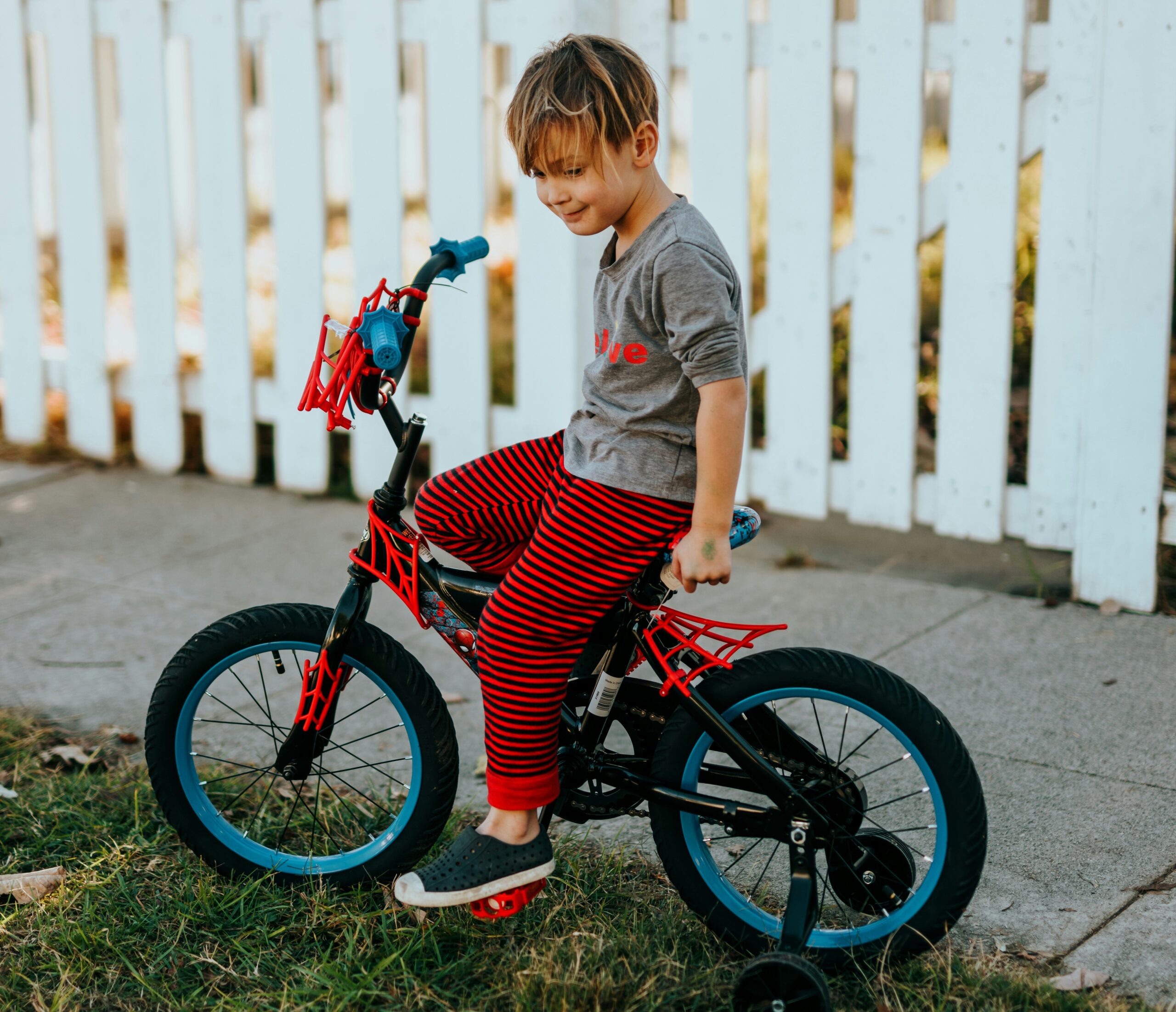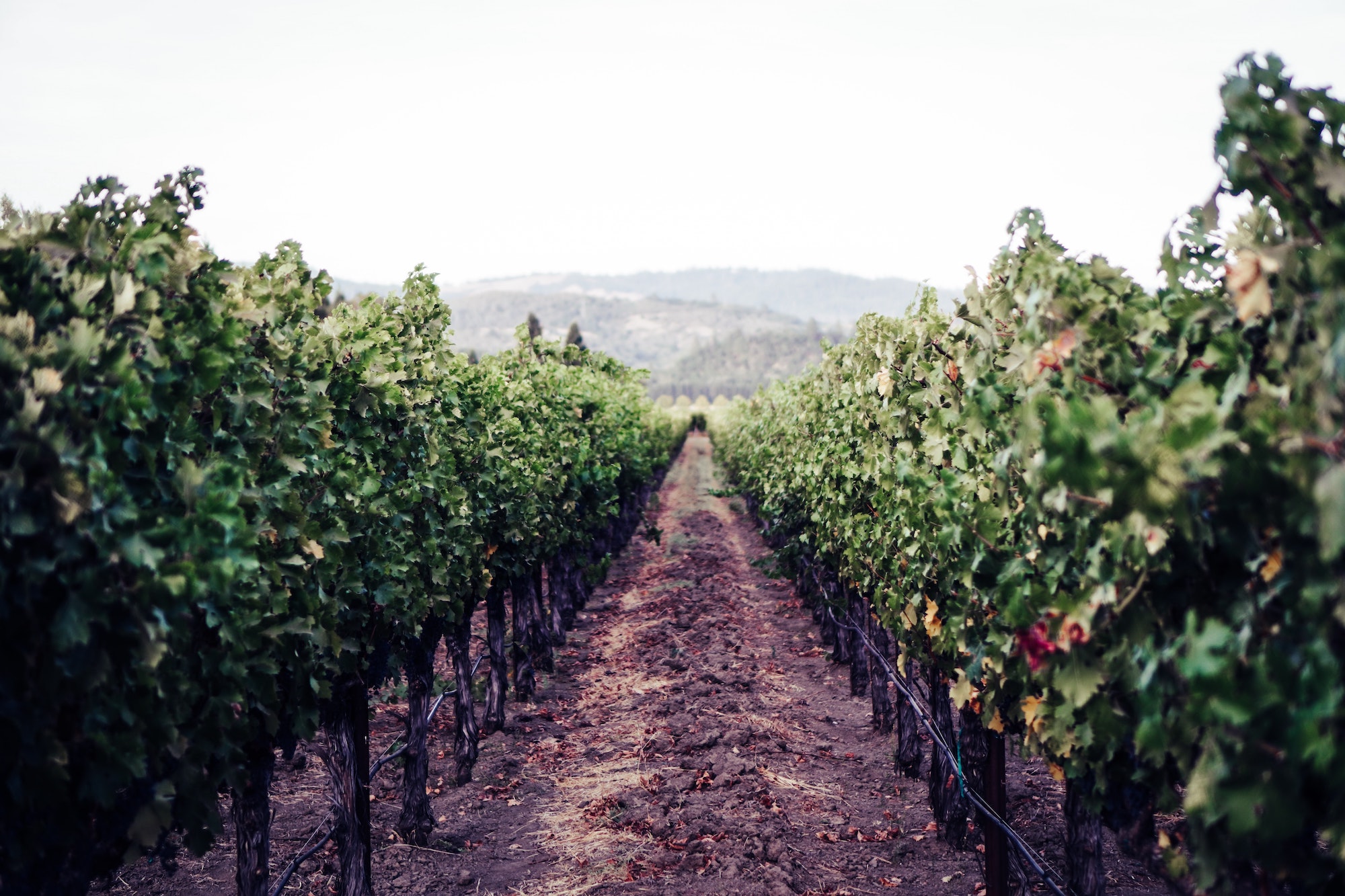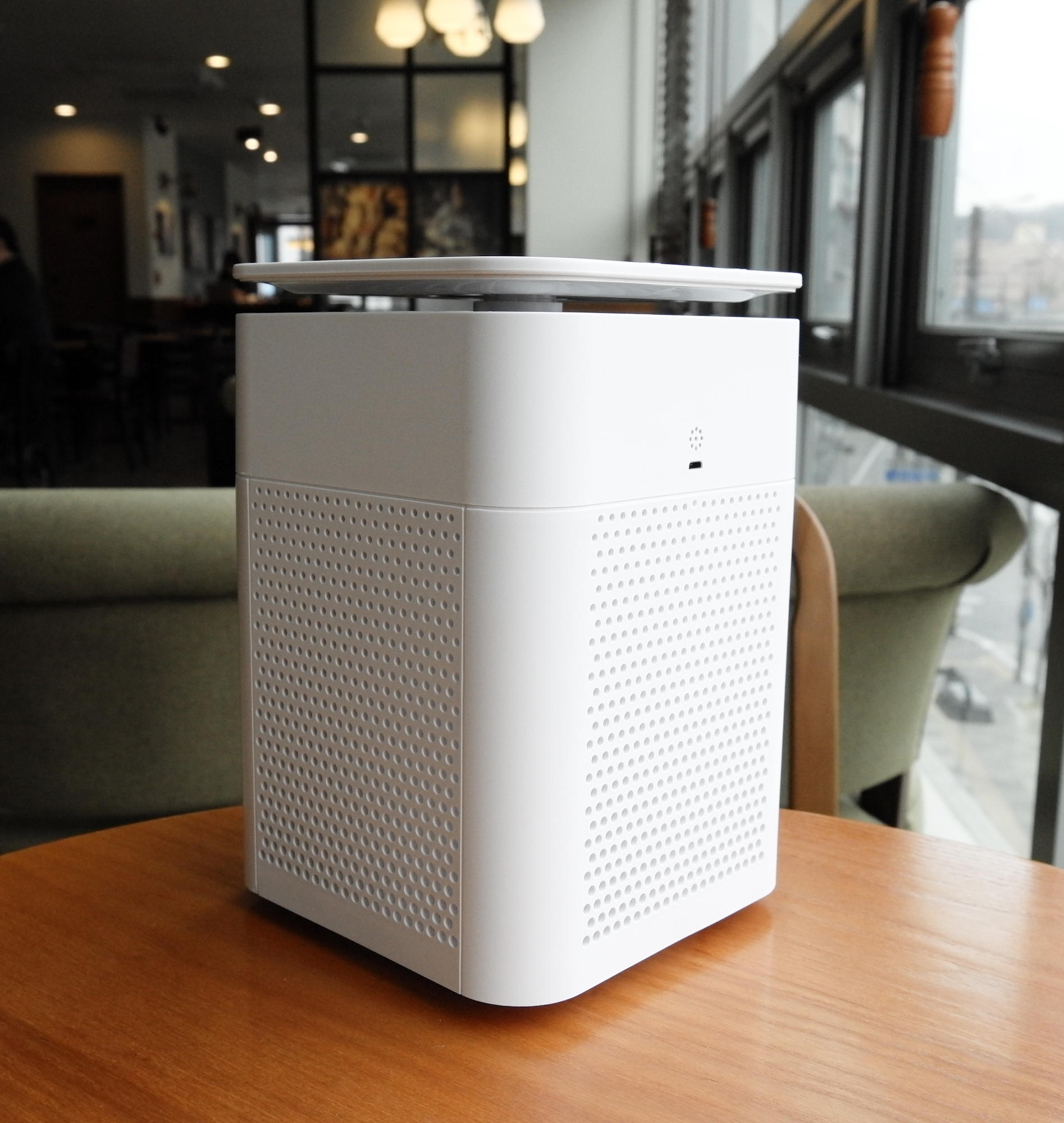Riding a bike is a valuable skill that provides a sense of freedom, a fun way to stay active, and an eco-friendly mode of transportation. Whether you’re a complete beginner or brushing up on your cycling skills, this comprehensive guide will take you through everything you need to know to start riding a bike confidently. Additionally, we have included a detailed FAQ section to address common questions and concerns.
Benefits of Riding a Bike
Riding a bike offers numerous physical, mental, and environmental benefits. It improves cardiovascular health, strengthens muscles, and enhances balance and coordination. Cycling can reduce stress, boost mood, and increase mental clarity. Additionally, biking reduces your carbon footprint and contributes to a healthier environment.
Preparing to Ride
Choosing the Right Bike
Selecting the right bike is crucial for a comfortable and enjoyable riding experience. There are several types of bikes, each designed for different purposes:
- Road Bikes: Lightweight and designed for speed on paved roads.
- Mountain Bikes: Built for off-road trails with sturdy frames and wide tires.
- Hybrid Bikes: A blend of road and mountain bikes, suitable for a variety of terrains.
- Cruiser Bikes: Ideal for leisurely rides on flat surfaces with comfortable, upright seating.
- BMX Bikes: Compact and robust, designed for stunts and tricks.
Consider where you plan to ride and choose a bike that fits your needs. Make sure the bike is the right size for your height and body type.
Safety Gear
Safety is paramount when riding a bike. Essential safety gear includes:
- Helmet: Protects your head in case of falls or collisions.
- Knee and Elbow Pads: Offer protection for your joints.
- Gloves: Improve grip and protect your hands.
- Reflective Clothing: Enhances visibility, especially in low-light conditions.
- Lights and Reflectors: Ensure you are visible to others on the road.
Inspecting Your Bike
Before you start riding, perform a thorough inspection of your bike:
- Check the Tires: Ensure they are properly inflated and have no visible damage.
- Test the Brakes: Make sure they function correctly and stop the bike smoothly.
- Examine the Chain: Ensure it is clean and well-lubricated.
- Adjust the Seat: Set it to a height where your legs are slightly bent at the bottom of the pedal stroke.
Learning to Ride
Finding a Suitable Location
Choose a flat, open area with minimal traffic for your initial practice. A parking lot, empty sports field, or quiet street can be ideal.
Balancing on the Bike
- Mount the Bike: Stand over the bike and hold the handlebars firmly.
- Find Your Balance: Sit on the saddle and practice balancing while stationary. Use your feet to stabilize yourself.
- Glide with Your Feet: Push off the ground with your feet and glide forward, focusing on maintaining balance.
Pedaling
- Starting Position: Place one foot on a pedal in the 2 o’clock position.
- Push Off: Push down on the pedal to start moving while lifting your other foot onto the opposite pedal.
- Pedal Smoothly: Begin pedaling in a smooth, continuous motion, maintaining your balance.
Steering and Turning
- Grip the Handlebars: Hold the handlebars firmly but not too tightly.
- Look Where You Want to Go: Your bike will follow the direction of your gaze.
- Practice Gentle Turns: Start with wide, gentle turns before attempting sharper ones.
Braking
- Use Both Brakes: Apply both front and rear brakes evenly for controlled stopping.
- Brake Gradually: Avoid sudden, hard braking to prevent skidding.
- Shift Your Weight: Lean back slightly as you brake to maintain balance.
Advanced Riding Skills
Riding in Traffic
- Be Visible: Wear reflective clothing and use lights and reflectors.
- Signal Your Intentions: Use hand signals to indicate turns and stops.
- Obey Traffic Rules: Follow the same rules as motorists, including stopping at stop signs and traffic lights.
Climbing Hills
- Shift to Lower Gear: Lower gears make pedaling easier on inclines.
- Maintain a Steady Pace: Keep a consistent rhythm and avoid overexerting yourself.
- Stay Seated: Sitting while climbing helps conserve energy and maintain traction.
Descending Hills
- Control Your Speed: Use your brakes to regulate speed, but avoid constant braking.
- Shift Your Weight Back: Lean back slightly to maintain stability.
- Stay Alert: Watch for obstacles and be prepared to react quickly.
Riding on Different Terrains
- Gravel: Slow down and steer gently to avoid slipping.
- Mud: Use wider tires for better traction and avoid sudden movements.
- Sand: Keep your weight back and pedal steadily to prevent getting stuck.
Maintenance and Care
Regular Cleaning
Keep your bike clean to ensure optimal performance. Wipe down the frame, wheels, and components with a damp cloth. Use a brush to remove dirt from hard-to-reach areas.
Lubricating the Chain
Apply a suitable bike chain lubricant to the chain and wipe off any excess. Lubricating the chain reduces wear and improves efficiency.
Checking Tire Pressure
Regularly check tire pressure and inflate to the recommended level. Properly inflated tires enhance performance and prevent flats.
Inspecting Brakes
Regularly inspect your brakes for wear and tear. Replace brake pads if they are worn down and ensure the brake cables are in good condition.
Safety Tips
Be Visible
Wear bright, reflective clothing and use lights and reflectors to enhance visibility, especially in low-light conditions.
Follow the Rules
Obey all traffic rules and signals. Be predictable and signal your intentions to other road users.
Stay Alert
Always be aware of your surroundings. Watch for obstacles, pedestrians, and other vehicles.
Ride Defensively
Anticipate potential hazards and be prepared to react quickly. Keep a safe distance from other vehicles and avoid riding in blind spots.
Common Challenges and How to Overcome Them
Fear of Falling
Start by practicing balancing and gliding with your feet on the ground. Gradually build your confidence before moving on to pedaling.
Difficulty with Balance
Practice balancing exercises off the bike, such as standing on one foot. On the bike, focus on looking ahead and maintaining a relaxed posture.
Struggling with Steering
Make sure you are looking where you want to go. Practice gentle turns and gradually progress to sharper turns.
Problems with Braking
Practice braking in a safe, open area. Start by gently applying the brakes and gradually increase pressure as you gain confidence.
Cycling Etiquette
Respect Others
Be considerate of pedestrians and other cyclists. Yield the right of way when necessary and avoid sudden movements that could startle others.
Use Hand Signals
Use hand signals to indicate your intentions to other road users. This includes signaling for turns and stops.
Keep to the Right
When riding on roads or bike paths, keep to the right to allow faster cyclists and vehicles to pass on the left.
FAQ Section
What type of bike is best for beginners? Hybrid bikes are often recommended for beginners due to their versatility and comfort on various terrains.
How do I know if my bike is the right size? Stand over the bike and ensure there is 1-2 inches of clearance between the top tube and your groin. Your legs should be slightly bent at the bottom of the pedal stroke.
Do I really need to wear a helmet? Yes, wearing a helmet is crucial for protecting your head in case of falls or collisions.
How can I improve my balance on the bike? Practice balancing exercises off the bike, such as standing on one foot. On the bike, focus on looking ahead and maintaining a relaxed posture.
What should I do if my bike feels wobbly? Check that your tires are properly inflated and your wheels are aligned. Practice riding in a straight line at a steady speed to improve stability.
How do I make a smooth start? Place one foot on a pedal in the 2 o’clock position, push down to start moving, and lift your other foot onto the opposite pedal.
Why does my bike chain keep falling off? Your chain may be too loose or your derailleur may need adjustment. Check for wear and tension, and adjust or replace as necessary.
How often should I clean my bike? Regularly clean your bike after rides, especially if you’ve been on muddy or dusty trails. A thorough cleaning every few weeks is recommended.
How do I fix a flat tire? Remove the wheel, deflate the tire completely, and remove the tire from the rim. Check for sharp objects, replace the tube or patch it, and reassemble.
What is the best way to climb hills? Shift to a lower gear, maintain a steady pace, and stay seated to conserve energy and maintain traction.
How can I safely ride in traffic? Be visible, use hand signals, obey traffic rules, and stay alert to your surroundings. Ride defensively and anticipate potential hazards.
How do I stop my bike quickly in an emergency? Apply both brakes evenly and shift your weight back slightly to maintain balance and prevent skidding.
What should I do if I lose control on a descent? Gently apply your brakes to slow down, steer in the direction of the descent, and avoid sudden movements.
How do I ride on gravel or loose surfaces? Slow down, steer gently, and avoid sudden movements. Use wider tires for better traction if you frequently ride on loose surfaces.
Can I ride my bike in the rain? Yes, but be cautious. Use fenders to keep water off your back, wear reflective clothing, and brake earlier as wet surfaces reduce traction.
How do I adjust my bike seat? Loosen the seat post clamp, adjust the height so your legs are slightly bent at the bottom of the pedal stroke, and tighten the clamp securely.
Why is my bike making a clicking noise? A clicking noise can be caused by loose components, a dirty chain, or a misaligned derailleur. Inspect your bike and address any issues.
How do I keep my bike chain from rusting? Keep your chain clean and lubricated. Wipe it down after wet rides and apply a suitable bike chain lubricant regularly.
What should I do if my brakes are squeaking? Clean the brake pads and rims with rubbing alcohol. If they still squeak, check for wear and replace the pads if necessary.
How can I make my bike more comfortable? Adjust the seat height and angle, ensure your handlebars are at a comfortable height, and consider adding padded grips or a cushioned seat.
What is the best way to carry items on my bike? Use a bike rack with panniers, a handlebar bag, or a backpack. Avoid carrying items in your hands while riding.
How do I prevent my bike from getting stolen? Always lock your bike with a sturdy lock, preferably through the frame and both wheels. Store it in a secure location when not in use.
How can I ride longer distances comfortably? Build up gradually, ensure your bike is properly fitted, take regular breaks, stay hydrated, and maintain a steady pace.
What should I do if my bike chain breaks while riding? Carry a chain tool and a spare link. Remove the broken link and reattach the chain using the chain tool and spare link.
Can I ride my bike on sidewalks? Check local regulations, as rules vary. In many places, riding on sidewalks is allowed for children but not for adults.
How do I signal a left turn? Extend your left arm straight out to the side. Make sure to check for traffic before turning.
What should I do if I encounter aggressive drivers? Stay calm, avoid confrontation, and report dangerous behavior to authorities if necessary.
How do I handle a skid on my bike? Steer into the skid and avoid braking suddenly. Gradually regain control and slow down.
How can I improve my cycling speed? Improve your fitness through regular training, maintain your bike for optimal performance, and practice efficient pedaling techniques.
What should I do if my bike gears are not shifting smoothly? Check for dirt and debris in the derailleur and chain. Adjust the derailleur if necessary and lubricate the chain.
How do I ride safely in a group? Communicate with other riders, maintain a steady pace, avoid sudden movements, and signal your intentions clearly.
What should I do if I fall off my bike? Assess yourself for injuries, move to a safe location, and check your bike for damage before continuing.
How do I ride with a child passenger? Use a child seat or trailer designed for bikes. Ensure the child is securely strapped in and wears a helmet.
How can I reduce fatigue while cycling? Stay hydrated, maintain good posture, take regular breaks, and ensure your bike is properly fitted to avoid strain.
What is the best way to carry water while riding? Use a water bottle cage attached to your bike frame or a hydration pack worn on your back.
How do I handle a steep descent? Control your speed with your brakes, shift your weight back, and stay alert to the terrain ahead.
Can I ride my bike in winter? Yes, but take precautions. Use wider, knobby tires for traction, dress warmly, and be cautious of ice and snow.
How do I stay visible while riding at night? Use front and rear lights, wear reflective clothing, and add reflectors to your bike.
What should I do if my bike tire blows out? Stop safely, remove the damaged tube, replace it with a spare or patch it, and re-inflate the tire.
How can I improve my uphill cycling technique? Focus on a steady cadence, use lower gears, and practice shifting your weight to maintain traction.
How do I transport my bike by car? Use a bike rack designed for your vehicle, secure the bike properly, and check the rack’s stability before driving.
What should I do if my bike handlebar feels loose? Tighten the bolts on the stem and check for any wear or damage. Ensure the handlebars are aligned correctly.
How do I deal with wind while cycling? Lower your body to reduce wind resistance, maintain a steady pace, and draft behind other cyclists if riding in a group.
Conclusion
Learning to ride a bike is a rewarding and enjoyable experience that offers numerous benefits. By following this comprehensive guide and practicing regularly, you can become a confident and skilled cyclist. Remember to prioritize safety, maintain your bike, and enjoy the journey. Whether you’re riding for fun, fitness, or transportation, cycling is a wonderful way to explore the world and stay active.



